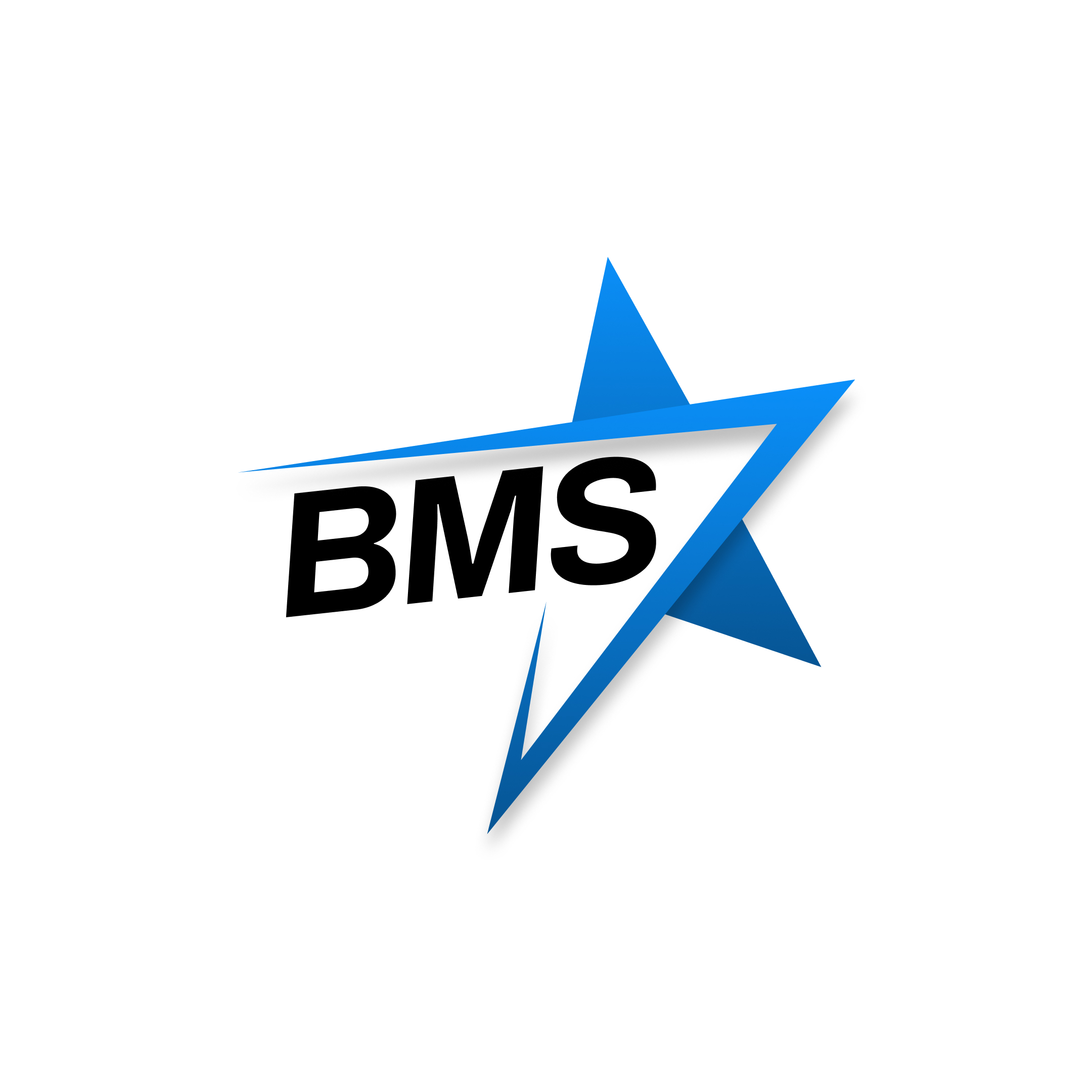In today’s dynamic and fast-paced work environments, ensuring the health and safety of employees is paramount. One key tool that organizations employ to achieve this is the ISO 45001 standard. Let’s delve into what ISO 45001 is, its key features, importance, benefits, the target audience, and the seven essential elements it encompasses.
What is ISO 45001?
ISO 45001 stands as a globally accepted standard outlining the prerequisites for an effective Occupational Health and Safety (OH&S) management system. This standard furnishes organizations with a structured approach to mitigating risks and enhancing their OH&S performance.
The criteria set forth by ISO 45001 encompass the formulation of an OH&S policy, setting objectives, planning, implementation, operation, auditing, and review. Essential components include a commitment to leadership, active involvement of workers, identification of hazards and risk assessment, adherence to legal and regulatory requirements, emergency planning, incident investigation, and a commitment to continuous improvement.
ISO 45001 adopts the widely recognized Plan-Do-Check-Act methodology to systematically address and manage health and safety risks. It is applicable to organizations of all sizes and offers the flexibility to be integrated with other ISO management system standards.
Who Needs ISO 45001?
ISO 45001 is applicable to organizations of all sizes and industries. Whether you’re a multinational corporation or a small business, implementing this standard helps create a safer work environment.
The Clauses of ISO 45001:
- Scope: Defining the boundaries and applicability of the occupational health and safety management system, specifying industries, activities, and organizational types that benefit from ISO 45001.
- Normative Reference: Identifying documents cited in the standard that provide essential information for understanding and implementing ISO 45001, ensuring compliance and alignment with industry best practices.
- Terms and Definitions: Establishing a common language by providing clear and concise definitions for terms used throughout the standard, eliminating ambiguity for consistent interpretation.
- Context of the Organization: Understanding internal and external factors that impact the organization’s OH&S management system, setting the stage for system objectives.
- Leadership and Worker Participation: Involving top management and workers in the development and execution of the OH&S management system, emphasizing leadership commitment and worker participation.
- Planning: Establishing objectives and processes necessary to achieve the intended outcomes, involving proactive risk management and goal setting.
- Support: Providing necessary resources, competence, awareness, communication, and documented information to support the operation of the OH&S management system.
- Operation: Implementation of processes and controls to address OH&S risks and opportunities, including operational planning and emergency preparedness and response.
- Performance Evaluation: Monitoring, measuring, analyzing, and evaluating OH&S performance through internal audits and management reviews.
- Improvement: Continually improving the suitability, adequacy, and effectiveness of the OH&S management system through incident reporting, corrective actions, and adaptive evolution.
Key Features of ISO 45001:
- Hazard Identification: The standard emphasizes the systematic identification of potential hazards in the workplace.
- Risk Assessment: It requires organizations to assess the risks associated with identified hazards and implement controls to mitigate them.
- Legal Compliance: ISO 45001 ensures that organizations comply with relevant health and safety legislation, reducing legal risks.
- Management Involvement: Leadership plays a crucial role, with top management actively participating in the development and implementation of the OH&S management system.
- Continuous Improvement: The standard promotes a culture of continual improvement, encouraging organizations to learn from incidents and enhance their safety measures.
- Employee Involvement: Inclusivity is key, involving employees in decision-making processes and creating awareness of health and safety issues.
- Emergency Preparedness: ISO 45001 requires organizations to establish procedures for emergency situations, ensuring a swift and effective response.
Why is ISO 45001 important?
The integration of ISO 45001 into organizational practices holds immense significance for those seeking to diminish workplace incidents and exhibit a steadfast commitment to OH&S.
The advantages include:
- ISO 45001 provides an internationally acknowledged framework for the systematic management of occupational health and safety risks. This aids organizations in methodically assessing hazards and implementing measures to control risks, resulting in a decrease in workplace injuries, illnesses, and incidents.
- Adopting this standard serves as a testament to an organization’s dedication to the health, safety, and well-being of its workforce. This not only enhances the organization’s reputation but also contributes to increased morale and employee retention.
- The standard mandates compliance with OH&S regulations, ensuring legal conformity. Simultaneously, it encourages proactive risk management, potentially leading to reduced insurance premiums.
- By necessitating emergency preparedness and response protocols, ISO 45001 fortifies organizational resilience against safety threats and crises.
- The structured framework of Plan, Do, Check, Act empowers the OH&S system to continuously evolve and improve, thereby enhancing long-term worker health and safety performance.
Benefits of ISO 45001:
- Reduced Accidents: By systematically addressing hazards and risks, organizations can significantly decrease workplace accidents and injuries.
- Legal Compliance: ISO 45001 ensures that organizations stay abreast of and comply with relevant health and safety regulations, preventing legal issues.
- Enhanced Reputation: Demonstrating a commitment to employee well-being enhances an organization’s reputation and builds trust among customers, employees, and partners.
- Improved Employee Morale: A safe workplace fosters a positive work environment, boosting employee satisfaction and morale.
- Cost Savings: Preventing accidents and illnesses not only saves lives but also reduces costs associated with compensation, legal issues, and insurance premiums.
ISO 45001 is a powerful tool for organizations committed to creating a safer and healthier workplace. By integrating its key features, complying with legal requirements, and embracing a culture of continuous improvement, businesses can not only protect their employees but also enhance their overall performance and reputation in the market. In a world where the well-being of employees is a top priority, ISO 45001 stands as a beacon for responsible and ethical business practices.

